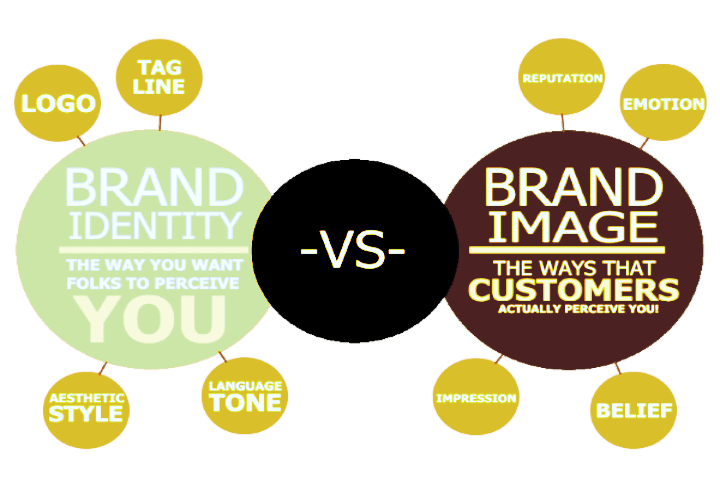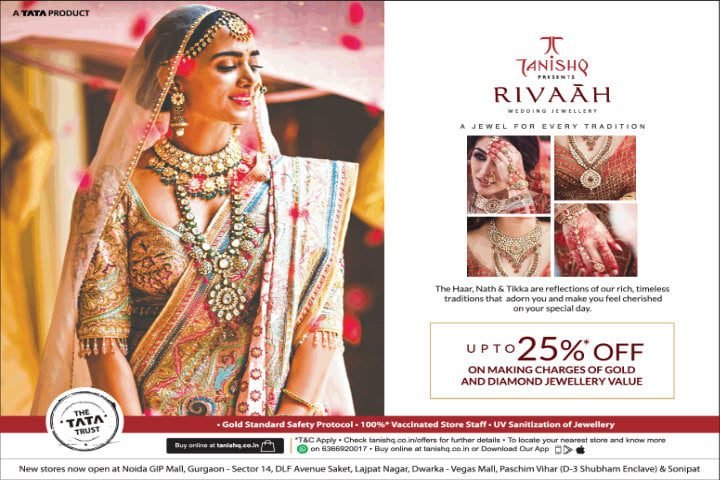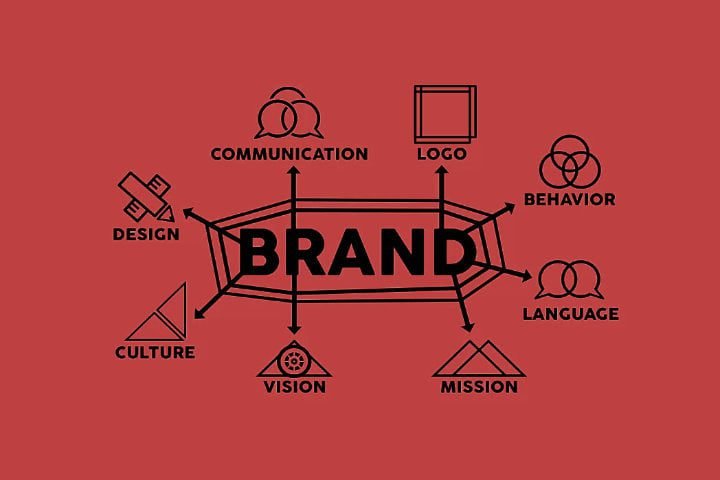Brand Identity vs Brand Image: Unveiling the Essence of Branding
The words “Brand Identity” and “Brand Image” are often used interchangeably in the fast-paced world of marketing, where every brand is trying to find its own place.
It’s important for businesses that want to stand out in the market to understand the differences between these two ideas. Therefore, let us explore further the differences between Brand Identity vs Brand Image.
Brand Identity: The Mental and Functional Association

Understanding Brand Identity
Brand identity is a compilation of both mental and functional associations with a brand. These associations may not serve as direct reasons to buy, but they offer familiarity and differentiation to consumers, which is crucial in a saturated market.
Associations in Brand Identity
From signature tunes (Apple’s iconic ringtone) to trademark colors (Pepsi’s unmistakable blue), logos (the Nike swoosh), and taglines (Apple’s timeless “Think different”), the vibrant red and yellow of “McDonald’s” or the catchy “Har ek friend zaroori hota hai” (Every friend is important) tagline of “Airtel” are symbolic of their respective brand identities.
Organization’s Communication Role
An organization communicates its identity through branding and marketing strategies, creating a distinctive product with unique characteristics. It goes beyond the tangible, aiming to be perceived as a product, a personality, a set of values, and a specific position in the consumer’s mind.
Impact of Brand Identity
A strong brand identity has many positive effects, including brand loyalty, preference, higher credibility, competitive pricing, and good financial returns. For instance, Tanishq’s reputation in India as a reliable and creative jewelry store has earned it a huge following of loyal customers.
Brand Image: The Tangible Impression

Defining Brand Image
Brand image encompasses the tangible benefits and attributes of a brand, both physical and functional. Unlike Brand Identity, which delves into emotional character, Brand Image revolves around the concrete elements that consumers can perceive.
Formation of Brand Image
The overall impression in consumers’ minds is shaped by various sources, creating a subjective perception of associations linked to the brand.
It’s more than just the product or service itself; it also includes the way people think of it. A strong brand image is made up of positive, unique, and immediate memories.
The idea behind brand image is that the consumer is not purchasing just the product or service but also the image associated with that product or service.
Strengthening Brand Image
Brand images can be strengthened using strategic brand communications. This includes advertising, packaging, word-of-mouth publicity, and other promotional tools.
An exemplary case is the Indian brand “Amul,” whose memorable and relatable advertising campaigns have contributed significantly to its positive brand image.
Brand Identity vs Brand Image

It may look like brand identity and brand image are two different things, but they are actually closely linked. Brand identity helps people think of a brand when they see it, which adds to the brand’s image. A strong brand image starts with a strong brand identity that makes people feel good about the brand.
It is very important to stay consistent across all brand touchpoints. A consistent brand story improves both brand identity and brand image. This is true for both the visible parts, like logos and colors, and the messaging, like taglines and advertising.
Case Study: Tanishq

Titan Company’s jewelry line Tanishq has carefully crafted its brand identity, making it more than just a place to buy jewelry. It has become a symbol of tradition, craftsmanship, and trust.
Titan mainly manufactures fashion accessories such as jewelry, watches, and eyewear. It was started as a joint venture between Tata Group and TIDCO (Tamil Nadu Industrial Development Corporation), a governmental agency in the state of Tamil Nadu.
In 1994, Titan launched its jewelry brand, Tanishq. Mr. Xerxes Desai, the first managing director of Titan, came up with the term “Tanishq” by combining the words “Tan” for body and “Nishk” for a gold ornament.
Associations and Values
Tanishq has successfully associated itself with the cultural values and celebrations of India, thus making its jewelry a sign of emotion and tradition. People feel emotionally and culturally connected to their jewelry, which shows in their brand identity.
Communication Strategies
Stories are a big part of Tanishq’s advertising strategy. They show not only how beautiful the jewelry is but also the feelings and stories that have inspired each piece.
These stories make Tanishq stand out and highlight its role as more than just a jeweler, but rather a custodian of precious moments.
Functional Aspects
Beyond the emotional connection, Tanishq’s brand identity extends to functional aspects. The assurance of quality, innovative designs, and transparent business practices become integral components, shaping the consumer’s perception of the brand.
Tanishq’s Brand Identity vs Brand Image
Tanishq’s brand image is not just about the jewelry but also the emotions it evokes. The brand is synonymous with weddings, celebrations, and familial bonds, projecting an image of a trusted companion in life’s precious moments.
Tanishq’s brand identity, which is based on tradition and craftsmanship, creates an image deeply associated with the heritage and cultural values of India. Tanishq’s consistent messaging, in both ads and in-store, makes sure that the carefully crafted brand identity matches the projected brand image.

The positive associations built through Tanishq’s brand identity seamlessly translate into its brand image. Consumers don’t just see jewelry; they see a brand that understands and aligns with their values, a brand that is not just selling a product but an experience.
Trust and Reliability
The image of Tanishq is strongly associated with trust and reliability. Through consistent delivery of its brand promises, Tanishq has built a reputation as a reliable brand and a positive image in the market.
Market Positioning
Tanishq’s brand image has positioned itself not just as a jewelry retailer but as a trendsetter in the industry. The brand’s image is one of innovation, staying ahead of the curve in design trends and consumer preferences.
Tanishq has not only showcased the importance of a well-defined brand identity but also how it translates into a captivating brand image.





